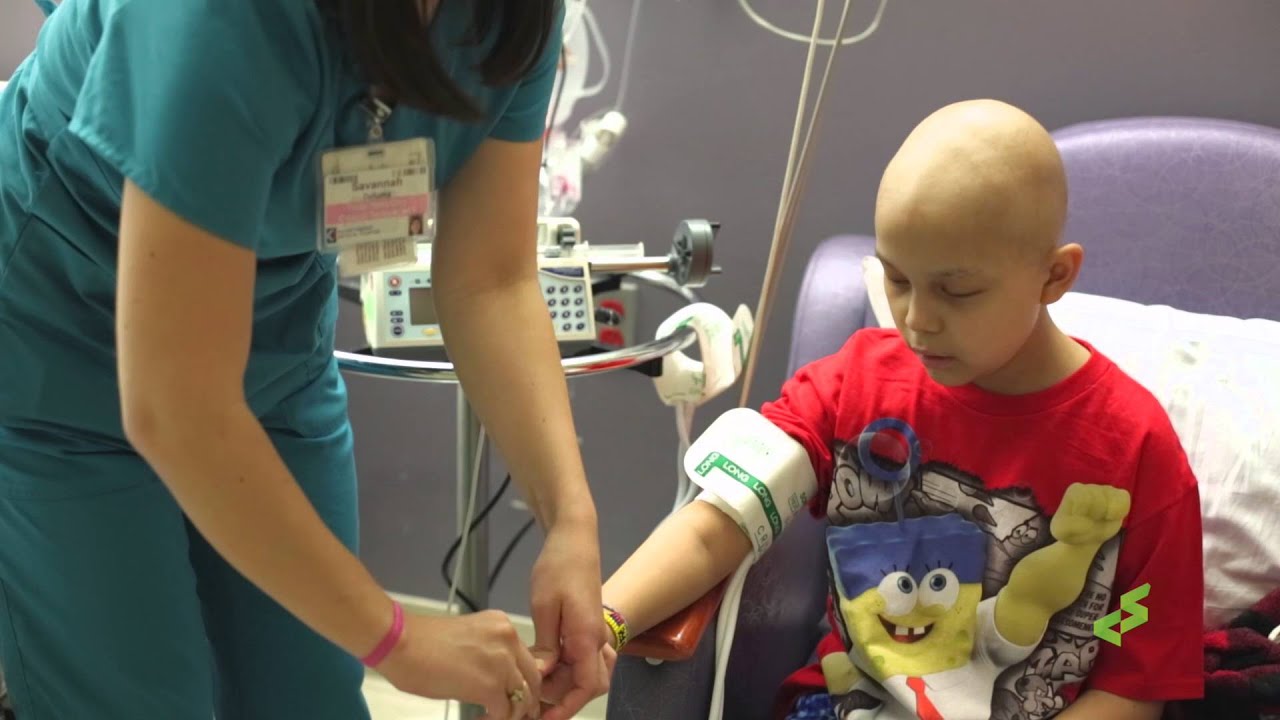
DiYES International School – Chemotherapy in children is a critical treatment for cancer, but it often brings several challenges. This treatment works by targeting and destroying rapidly dividing cancer cells. However, chemotherapy can also harm healthy cells, especially those that grow and divide quickly. These side effects can be difficult for children and their families to cope with, but understanding them can help ease the process.
The side effects of chemotherapy vary based on the drugs used, the child’s overall health, and the cancer being treated. Chemotherapy generally affects the entire body, while radiation therapy affects only the treated area. However, both treatments depend on the dosage and location of application.
“Read about: Pneumonia Prevention in Children: What You Can Do”
Here are some common side effects children may experience:
Fatigue is the most common side effect of chemotherapy. Even the most active children often feel exhausted and weak during treatment. This tiredness can last for days or even weeks after chemotherapy. Limiting physical activity and encouraging plenty of rest can help manage fatigue.
Certain chemotherapy drugs can trigger a normal inflammatory response from the body. This response may result in flu-like symptoms, including a runny nose, coughing, or even chills. Drinking plenty of fluids can help clear excess mucus and prevent dehydration.
Chemotherapy drugs can cause various types of pain, such as headaches, muscle soreness, stomach pain, or even temporary nerve damage. This nerve damage may result in burning sensations, numbness, or tingling in the hands and feet. If necessary, doctors can prescribe medications to alleviate pain. It is crucial to avoid over-the-counter or herbal remedies without the doctor’s approval to avoid interactions with chemotherapy drugs.
Both chemotherapy and radiation (especially on the head and neck) can cause sores in the mouth, sore gums, or irritated throats. These issues can make eating and swallowing painful. Doctors may recommend mouthwash to reduce discomfort. Soft, cool foods are often easier to eat, and acidic foods and juices should be avoided. Regular dental checkups are also important.
“Read more: Sexual Education for Children: Why Starting Early Matters?”
Chemotherapy often causes nausea, vomiting, loss of appetite, constipation, or diarrhea. Children may also develop changes in taste preferences during chemotherapy, such as aversion to certain smells or textures. Maintaining good hydration can help manage these gastrointestinal symptoms.
Chemotherapy drugs can cause skin reactions such as rashes, redness, and irritation, particularly when radiation has been used before chemotherapy. Radiation alone can cause similar symptoms, including blisters, peeling, and swelling in the treated areas.
Some children may experience weight changes during chemotherapy. Steroid use often leads to increased appetite and weight gain, particularly in areas like the cheeks and neck. Others may have a decreased appetite or trouble swallowing, resulting in weight loss. Monitoring the child’s weight and appetite regularly can help manage this side effect.
Hair loss is another common side effect of chemotherapy. During treatment, hair may thin or fall out entirely from the scalp, and even other parts of the body. Radiation therapy on the head and neck can also lead to hair loss in those areas. However, radiation to other parts of the body usually does not cause hair loss on the scalp.
Some chemotherapy drugs can affect kidney function. Regular blood tests are essential to monitor kidney health. Staying well-hydrated can also help reduce the risk of kidney problems during treatment.
Chemotherapy and radiation can destroy healthy red blood cells and hinder the production of new ones. A decrease in red blood cells leads to anemia, which can cause fatigue, pale skin, shortness of breath, and a rapid heart rate. Doctors may recommend blood tests to monitor the child’s red blood cell count.
Chemotherapy can also lower platelet levels, which are responsible for blood clotting. This condition, called thrombocytopenia, can lead to bleeding. Symptoms may include small red spots on the skin, black or bloody stools, or bleeding from the nose or gums.
Chemotherapy weakens the immune system, making children more vulnerable to infections. Even common colds or viruses can become life-threatening. Signs of an infection may include fever, chills, cough, nausea, vomiting, or pain in areas such as the throat, ears, or stomach. Quick action is required if any of these symptoms occur, as infections can progress rapidly.
Chemotherapy is essential for treating cancer, but it comes with several side effects that can affect a child’s overall health. While many of these side effects are temporary, managing them can make the process more bearable. By understanding these potential side effects, families can better prepare for the challenges of treatment and take proactive steps to manage their child’s health.